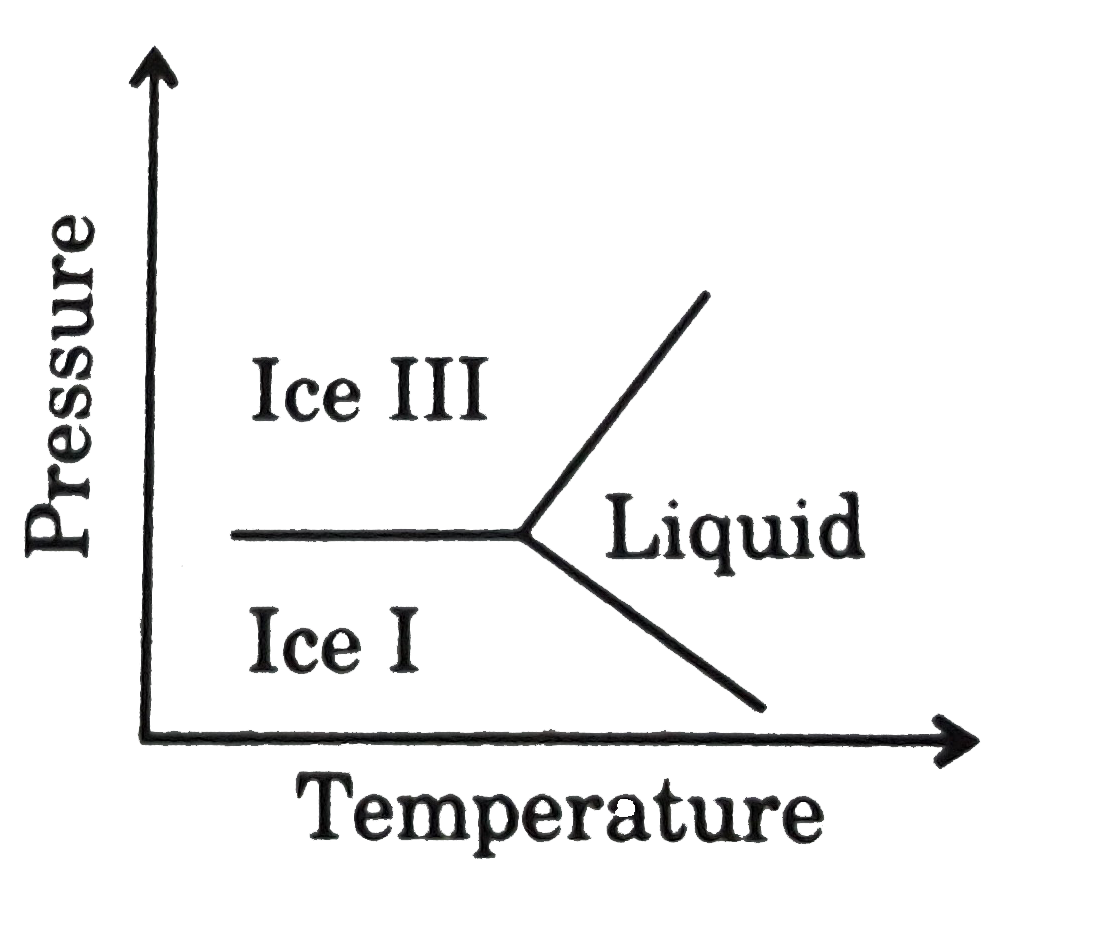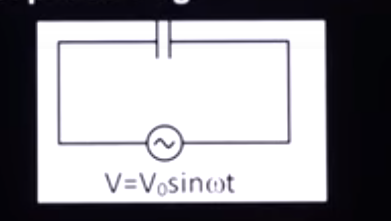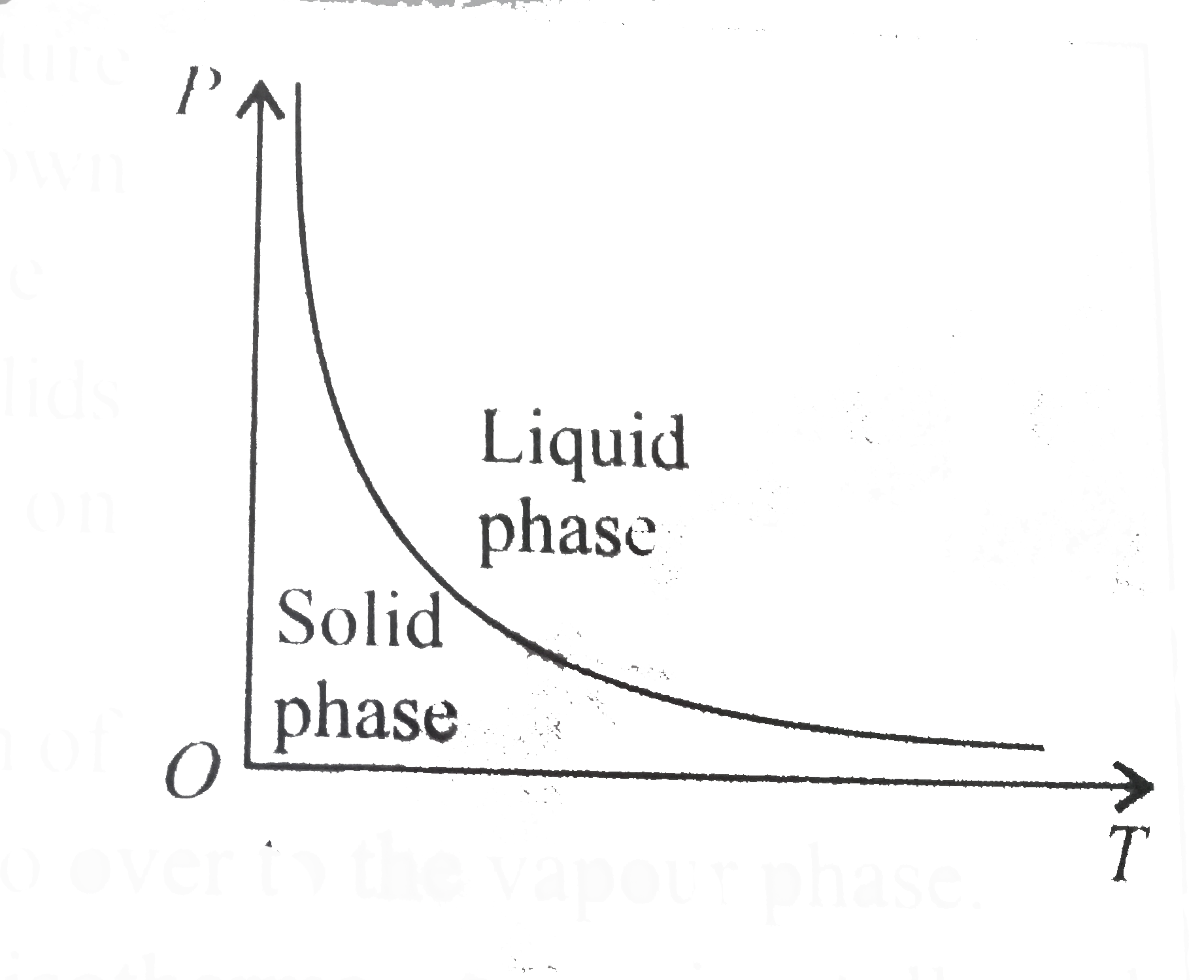The point on the pressure temperature phase diagram where all the phases co-exist is called
A
Sublimation
B
Fusion point
C
Triple point
D
Vaporisation point
Video Solution
Text Solution
The correct Answer is:C
|
Answer
Step by step video, text & image solution for The point on the pressure temperature phase diagram where all the phases co-exist is called by Physics experts to help you in doubts & scoring excellent marks in Class 11 exams.
Updated on:21/07/2023Topper's Solved these Questions
- THERMOMETRY, THERMAL EXPANSION AND CALORIMETRY BOOK - ERRORLESS CHAPTER - THERMOMETRY, THERMAL EXPANSION AND CALORIMETRY EXERCISE - Critical Thinking
27 Videos
- THERMOMETRY, THERMAL EXPANSION AND CALORIMETRY BOOK - ERRORLESS CHAPTER - THERMOMETRY, THERMAL EXPANSION AND CALORIMETRY EXERCISE - Graphical Questions
14 Videos
- THERMOMETRY, THERMAL EXPANSION AND CALORIMETRY BOOK - ERRORLESS CHAPTER - THERMOMETRY, THERMAL EXPANSION AND CALORIMETRY EXERCISE - Thermal Expansion
34 Videos
- THERMODYNAMICSBOOK - ERRORLESS CHAPTER - THERMODYNAMICSEXERCISE - All Questions
304 Videos
- TRANSMISSION OF HEATBOOK - ERRORLESS CHAPTER - TRANSMISSION OF HEATEXERCISE - ET Self Evaluation Test
23 Videos
Similar Questions
Knowledge Check
Assertion : In pressure-temperature (P-T) phase diagram of water, the slope of the melting curve is found to be negative.
Reason : Ice contracts on melting to water.AIf both assertion and reason are true and reason is the correct explanation of assertionBIf both assertion and reason are true but reason is not the correct explanation of assertionCIf assertion is true but reason is falseDIf both assertion and reason are falseWater ice exists in several different form depending on the pressure and temperature. A proton of the phase diagram for ice I, ice III and liquid water is shown below. Which statement about the densities of these three phases is correct ?
 AThe density of liquid water is greater than the densities of either ice I or ice III.BThe density of ice I is greater than the densities of either ice III or liquid water.CThe density of ice III is greater than the densities of either ice I or liquid waterDThe densities of ice I and ice III are equal and greater than the density of liquid water.
AThe density of liquid water is greater than the densities of either ice I or ice III.BThe density of ice I is greater than the densities of either ice III or liquid water.CThe density of ice III is greater than the densities of either ice I or liquid waterDThe densities of ice I and ice III are equal and greater than the density of liquid water.Assertion : In pressure-temperature ( P - T ) phase diagram of water, the slope of the melting curve is found to be negative.
Reason : Ice contracts on melting to waterAIf both assertion and reason are true and the reason is the correct explanation of the assertion.BIf both assertion and reason are true but re ason is not the correct explanation of the assertionCIf assertion is true but reason is false.DIf the assertion and reason both are false
The point on the pressure temperature phase diagram where all the phases co-exist is called
View SolutionIn given ac circuit correct phase diagram will be

View SolutionThe temperature at which a substance coexists in all three phases in equilibrium is called
View SolutionThe temperature at which a substance coexists in all three phases in equilibrium is called
View SolutionInterphase is called the resting phase because
View Solution
